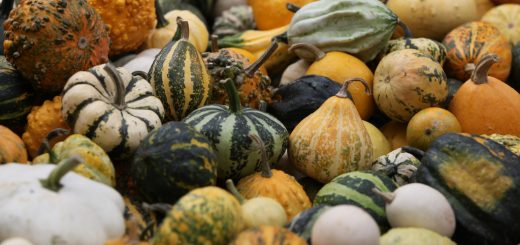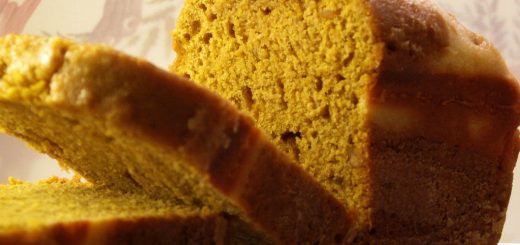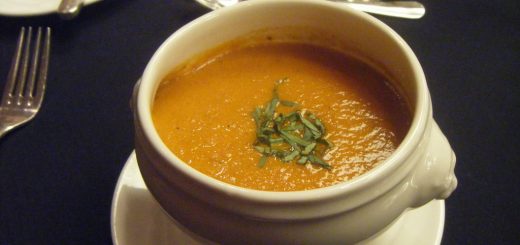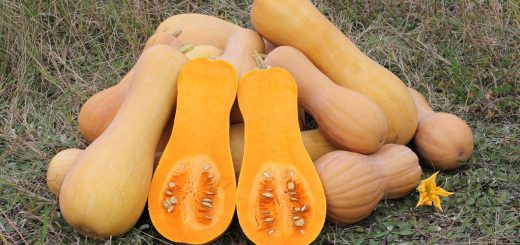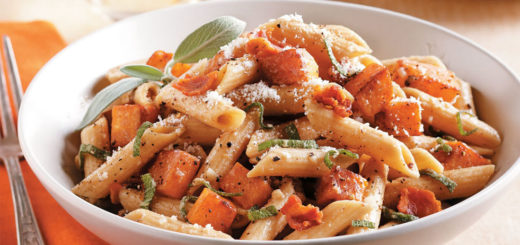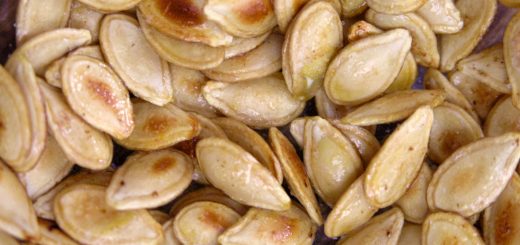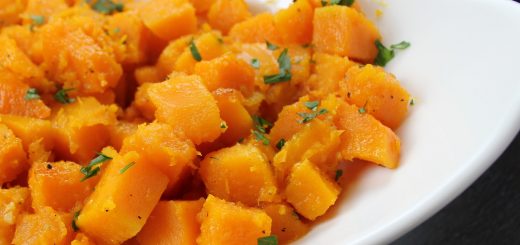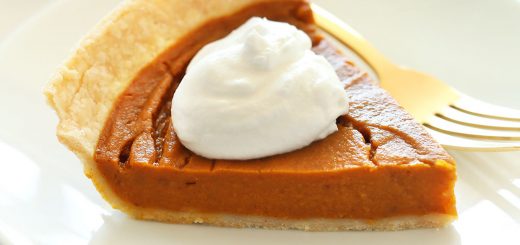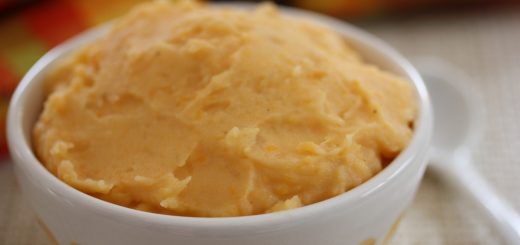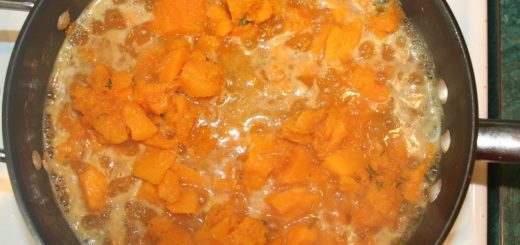Winter Squash
Winter squash is really a misnomer, as these delicious treats are grown in the summer. They are edible well into the winter, however, thanks to their ability to last for months in storage. First, be sure to check for any soft spots. If there are any, cook that squash right away. Soft spots can easily be cut out and the rest of the squash is usually fine. (more…)
